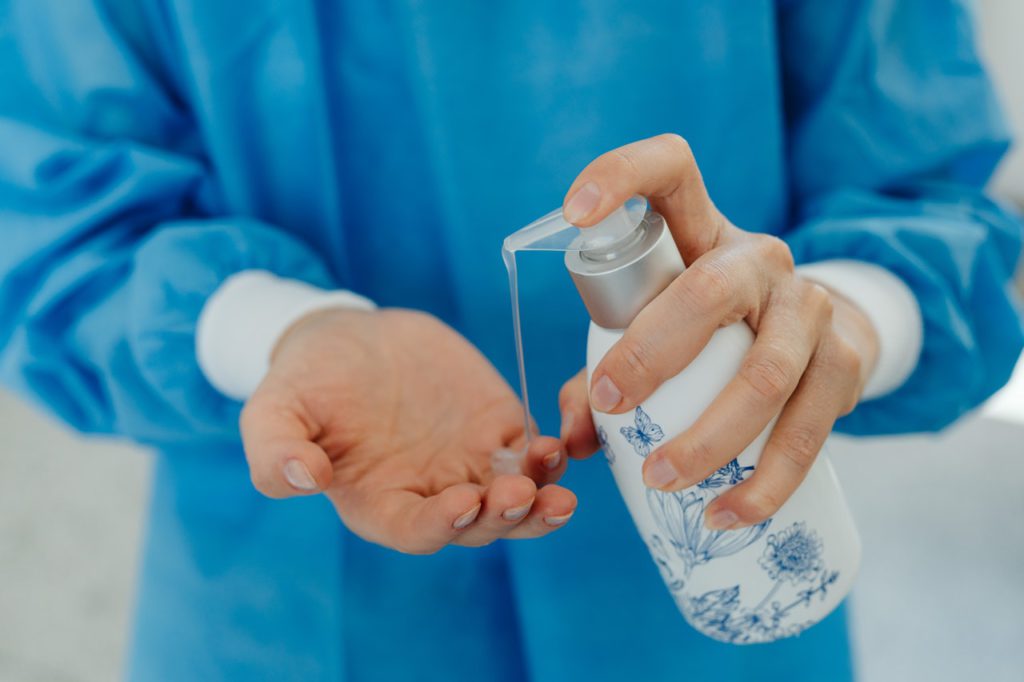
What you need to know about COVID-19 and Elective Surgery
COVID-19 has taken its toll across the world, decimating industries, businesses and services along the way. The pandemic has had the most impact on health services, especially waiting times and choices for elective surgery because of the lack of clinical and surgical resources available. Patients in Australia are in a healthcare lottery for quality, safety, information and alternatives. Luckily, you can have most procedures within Australia – but what if you have to go abroad to other countries for your treatment given the confusing lockdown situation and ability to travel?
One area which is causing immense problems for people is that of IVF gender selection. Preimplantation genetic testing for gender is illegal in Australia, although IVF fertility treatment is not. IVF success rates in Australia reflect those across the developed world and if gender is not an issue and sex selection is irrelevant, the Australian fertility specialists and family health services are second to none. The sex selection issue has been discussed and argued about widely in Australia for years. It also remains illegal to choose the gender of a baby created using in vitro fertilisation techniques and embryo transfer in Australia.
Unlike Australia, many Asian countries, Mexico, Italy, and the United States allow for preimplantation genetic diagnosis and family balancing. Couples have many reasons for being concerned about the gender of their baby. Genuine medical reasons could include a wide range of genetically susceptible diseases associated with a specific gender. In some cultures and religions, balancing a family’s gender profile is vitally important. Having lots of unwanted babies until you hit the right gender borders on ludicrous, given that the technology and implantation genetic testing is now available.
Frozen embryo transfer is now a relatively common procedure across the developed world, and together with ovulation induction and egg freezing has become almost the norm for couples unable to become pregnant by conventional means. It is not just the Australian government that opposes genetically modified IVF treatment. The World Health Organisation and the United Nations are both opposed to sex selection, but for non-medical reasons. Both organisations feel that the interference by such practices would skew the natural order of the sex ratio and create an imbalance in genders. They also feel that it would reinforce sexist stereotypes and discriminatory practices by devaluing females in particular.

Interestingly, until 2004, gender selection techniques were allowed in New South Wales. The National Health and Medical Research Council of Australia then opposed it unless it was to avoid the transmission of serious genetic conditions. In Australia, sex selection is permitted if bad genes that only affect males or females, like haemophilia or muscular dystrophy, are carried. The grey area for couples who want to use IVF sex selection for non-medical reasons has led to many deciding to go for “reproductive tourism.” This is a description of the uptick in travel to overseas countries that facilitate infertility treatments like implantations and gender selection. It’s difficult to put numbers on this, but it is thought that around 200 potential parents were travelling abroad, pre COVID, for such treatments each year.
The safest, but most expensive option for most, is the United States. Here there is a range of English-speaking, highly professional specialists, hospitals and clinics available. Because we can only use sex selection when having embryos through IVF procedures, it is important that the chosen facility can carry out PGS/PGD procedures. Specialists utilise these tests not just to find the gender of the embryo, but also to examine any risk of genetic disease.
One of the major advantages of American clinics over facilities in other countries is their design and their anti-infection regimes. By using aseptic techniques, positive air pressure, and other infection control procedures in hospitals as standard, the rates of infection are significantly lower than those found in other countries. Only developed countries like the United States can afford the technology to have higher air pressure in the operating theatres and critical facilities than the surrounding corridors and hospital infrastructure. This means that the air from the outside environment can never penetrate the clinical areas used for operations.
The hospital maintenance service keeps this positive airflow running constantly. Known as HVAC (Heating, ventilation, air conditioning systems), these controlled airflow systems keep temperature and humidity at optimal levels and use ventilation to keep gas pollutants, airborne microbes and particulates to minimal levels. By keeping the quality of the air clean, the infection levels and working environment are both enhanced. This reduces the infection and morbidity rates as well as the costs associated with treating infections and legal issues resulting from malpractice and negligence claims. Minimal contamination is achieved by monitoring and control of air currents, relative humidity and temperature. Filtration (contaminant removal), room pressurisation (infiltration barrier), and ventilation (dilation) are the keys to controlling potential infection threats.
The use of industrial air compressor technology is the key to achieving a reliable positive air pressure regime and reducing surgical site infections (SSIs). According to a study by the Journal of Preventative Medicine and Hygiene on the incidence and nature of in-hospital adverse events, 1 in every 150 patients admitted to a hospital dies because of an adverse event and almost two-thirds of in-hospital events are associated with surgical care. Surgical site infections (SSIs) remain one of the most common causes of serious surgical complications; they account for 14% to 17% of all hospital-acquired infections and 38% of nosocomial infections in surgical patients. Each SSI is associated with approximately 7-10 additional postoperative hospital days, and patients with an SSI have a 2-11 times higher risk of death than operative patients without an SSI.
Surgical site infections (SSIs) can be defined as infections that occur within 30 days after completing surgery (or up to a year post surgery in patients receiving implants). SSIs affect either the incision or deep tissue at the operation site. SSIs can sometimes be superficial infections involving just the skin. Other surgical site infections are more serious and can involve tissues under the skin, the organs, or implanted material. There are 3 different types of surgical site infections defined by the Center for Disease Control and Prevention (CDC): superficial infections, deep incisional infections and infections involving organs or body spaces.
By using modern air compressor technology and equipment, the operating theatre environment can keep dust particles, textile fibres, skin scales, and respiratory aerosols loaded with viable microorganisms released from the surgical team and the surroundings to a minimum. Such systems can also prevent bacteria from settling on surgical instruments or entering directly into the surgical site. So, whilst COVID-19 has wreaked havoc on healthcare systems around the world, health providers and professionals are working hard to maintain safe and hygienic hospitals and practices.



